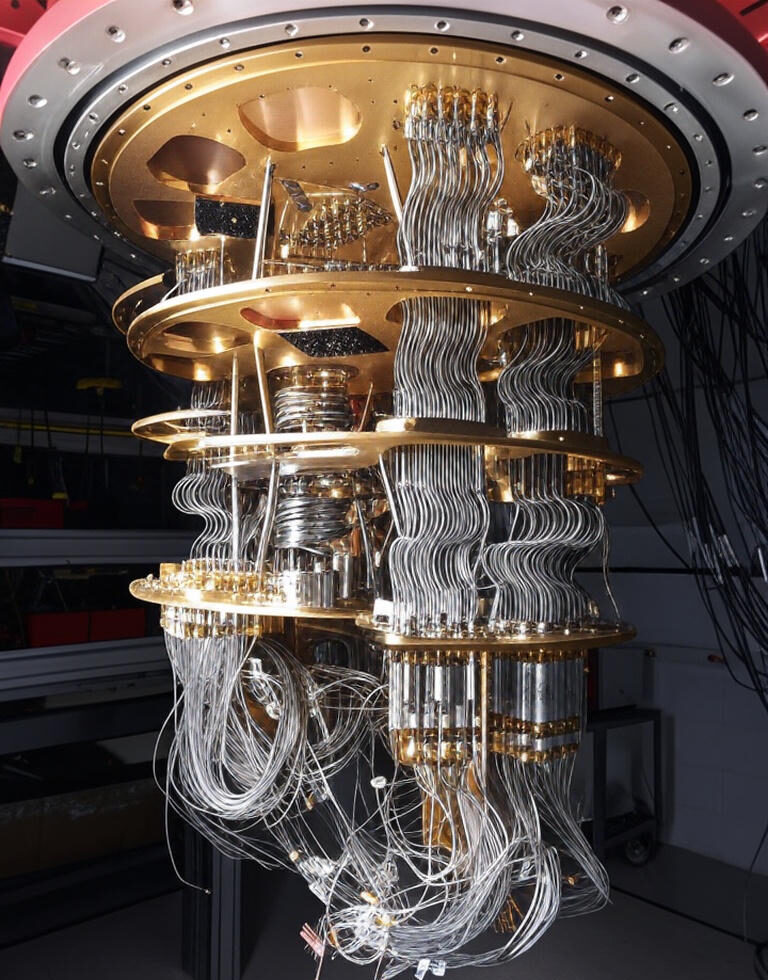
July 23, 2025
The quantum computing landscape is undergoing a transformative evolution in 2025, driven by significant technological advancements from industry leaders such as IBM, Google, and Quantinuum. These developments, particularly in qubit coherence times and scalable quantum architectures, are accelerating the transition from theoretical research to practical applications, with profound implications for fields including cryptography, materials science, and computational optimization.
Breakthroughs in Qubit Coherence Times

A cornerstone of recent progress is the substantial improvement in qubit coherence times—the duration a quantum bit (qubit) maintains its quantum state before environmental noise induces errors. IBM has achieved a milestone with its superconducting qubit systems, extending coherence times beyond 100 microseconds through advanced noise mitigation and enhanced cryogenic engineering. This development enables more reliable quantum computations, supporting the execution of complex algorithms critical for real-world applications.
Similarly, Google’s Quantum AI division has reported significant advancements with its Sycamore processor. By refining error-correction protocols and optimizing cryogenic cooling systems, Google has extended coherence times, facilitating deeper quantum circuits with reduced error rates. These improvements are pivotal in pursuing quantum advantage, where quantum systems surpass classical computers in practical, industry-relevant tasks.
Scalable Quantum Architectures
Scalability remains a critical challenge in quantum computing, requiring both an increase in qubit count and the maintenance of low error rates. IBM’s strategic roadmap for 2025 includes the development of a 1,000-qubit processor, designed to enable high-fidelity quantum simulations for applications such as molecular modeling. This capability is particularly transformative for materials science, where quantum systems can simulate complex chemical structures with unprecedented precision, potentially revolutionizing pharmaceutical development and energy storage solutions.
Google has advanced scalable architectures through modular quantum chip designs, improving inter-qubit connectivity and system integration. Concurrently, Quantinuum’s H2 quantum computer, leveraging trapped-ion technology, has demonstrated exceptional scalability by maintaining high-fidelity operations across expanded qubit arrays. These advancements lay the foundation for large-scale quantum systems capable of addressing enterprise-level computational challenges.
Implications for Cryptography and Materials Science

The enhanced capabilities of quantum systems have significant implications for cryptography. Quantum computers pose a potential threat to existing encryption standards, such as RSA, by efficiently solving problems like integer factorization. In response, the National Institute of Standards and Technology (NIST) is accelerating the standardization of post-quantum cryptographic algorithms, with 2025 marking a critical year for global adoption of quantum-resistant protocols to safeguard digital infrastructure.
In materials science, quantum computing is enabling breakthroughs in molecular simulations. By modeling quantum interactions at an atomic level, these systems can accelerate the discovery of advanced materials for applications such as high-efficiency batteries, superconductors, and carbon capture technologies. Such advancements align with global priorities for sustainable innovation and environmental stewardship.
Ongoing Challenges and Strategic Directions
Despite these achievements, quantum computing faces significant obstacles. Quantum error correction remains a complex challenge, requiring thousands of physical qubits to produce a single fault-tolerant logical qubit. To address this, researchers are exploring hybrid quantum-classical computing models to optimize performance while scaling systems. Additionally, the high costs of quantum infrastructure, including cryogenic systems and specialized facilities, necessitate collaborative efforts between industry, academia, and government to ensure broader accessibility.
Global initiatives, such as the U.S. National Quantum Initiative and the European Quantum Flagship, are providing critical funding and fostering interdisciplinary collaboration. These efforts aim to build a skilled workforce and accelerate the development of quantum technologies, ensuring their integration into mainstream industries.
A New Era for Quantum Computing
The advancements of 2025 represent a pivotal juncture for quantum computing, with extended qubit coherence times and scalable architectures signaling readiness for practical applications. As industry leaders like IBM, Google, and Quantinuum continue to innovate, quantum computing is poised to transform cryptography, materials science, and beyond. These developments underscore the potential of quantum technologies to address some of the most pressing challenges of our time, heralding a new era of computational innovation.








swot анализ развития swot анализ варианты
Looking for second-hand? thrift store We have collected the best stores with clothes, shoes and accessories. Large selection, unique finds, brands at low prices. Convenient catalog and up-to-date contacts.
Включение в реестр Минпромторга https://minprom-info.ru официальный путь для подтверждения отечественного производства. Подготовка и подача документов, юридическое сопровождение и консультации для производителей.
Занятия по самообороне https://safety-skills.ru практические навыки защиты в реальных ситуациях, развитие силы и выносливости. Профессиональные тренеры помогут освоить приемы борьбы, удары и тактику безопасности.
Платформа онлайн-обучения https://craftsmm.ru курсы по маркетингу, продажам и рекламе для новичков и профессионалов. Освойте современные инструменты продвижения, увеличьте продажи и развивайте карьеру в удобном формате.
Написание дипломов на заказ https://vasdiplom.ru помощь студентам в подготовке итоговых работ. Авторские тексты, проверка на уникальность и полное соответствие стандартам учебных заведений.